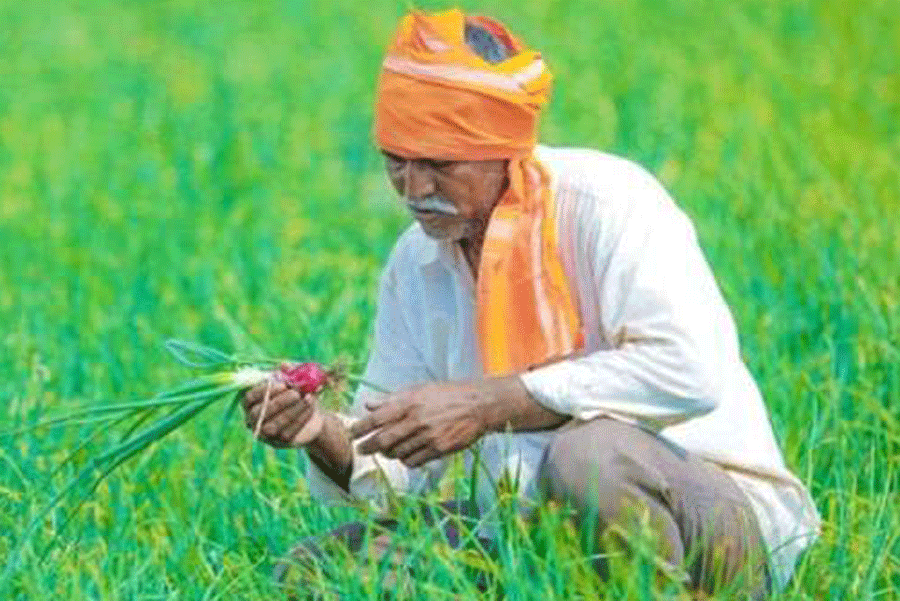Farmers from various parts of India are marching, once again, to New Delhi, even as the general elections loom on the horizon. Their grouse is that their demands have not been met in spite of the promises made by the Narendra Modi government two years ago. At the top of their list of demands is the institution of a legal guarantee for a minimum support price. Next is the implementation of the recommendations of the Swaminathan Commission, especially its formula of calculating the MSP as C2 (comprehensive cost of production) + 50%. There are other demands too.
Whether the Centre accepts their demands remains to be seen, but let us take a look at the situation on the ground. Prices of all major commodities — cotton, soybean, oilseeds, pulses and even wheat — are on a slump. Soybean and cotton prices are hovering below support prices and have reduced by nearly 30% to 40% compared to last year. The price of wheat, which is about to be harvested in most parts of the country, is also on a downward spiral.
While the slump in prices of agricultural commodities is a global phenomenon, the Modi government has not shown any intention to intervene and ensure that prices are remunerative for farmers. The Centre has, in fact, eased import duty restrictions to allow cheap imports of edible oil, pulses, soybean de-oiled cakes and so on while exports this year have been sluggish. The only silver lining is the price of tur (pigeon pea), which is holding steady because global prices are bullish.
The Centre seems to be happy with falling prices as it keeps the Bharatiya Janata Party’s middle-class voters happy and the government’s bill on account of buying food grain to distribute free rations to over 80 crore people low. Farmers, though, are suffering. Their take-home has been much lower than last year’s, but this is not hurting the BJP electorally as the Opposition, mainly the Congress, has been lacklustre in raising such issues.
Broken promises
On the eve of assembly elections in three states late last year, the prime minister himself had guaranteed that the BJP governments would procure commodities at higher prices if his party was to come to power in the states. For instance, he had guaranteed the farmers that the BJP would procure wheat at Rs 3,100 a quintal in Rajasthan and Madhya Pradesh. Yet, both the states, where the BJP eventually formed the governments, are offering to buy wheat from farmers at Rs 2,400 per quintal or thereabouts, even as market prices have fallen below the MSP levels of Rs 2,100-2,200. In both these states as well as nationally, the principal Opposition, the Congress, has not even bothered to deflate the balloon of Modi’s guarantees or remind him of his broken promises.
What is baffling is that the production of many commodities has not increased dramatically; it is either stagnant or has marginally declined. Yet the prices are in a free fall. The World Bank estimates that the prices of agricultural commodities would continue to fall, albeit marginally when compared to the sharp declines of 2023. However, the bank says, the number of hungry people globally is estimated to increase owing to a number of factors including armed conflicts.
The 2023-24 agricultural season will end soon. It will close on a sombre financial note for farmers and the rural economy. But in the cacophony of electioneering, the Modi government’s atrocious handling of the rural economy in its second term would be brushed under the carpet.
That nagging question over the future of small-scale farms, farmers and food-systems will not go away. It would return in June-July this year once the dust raised by the general elections has settled.










